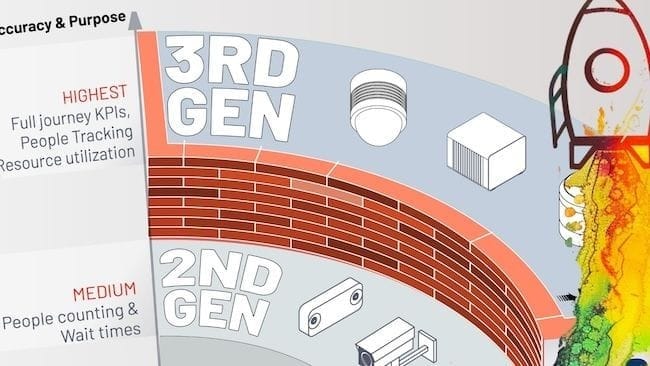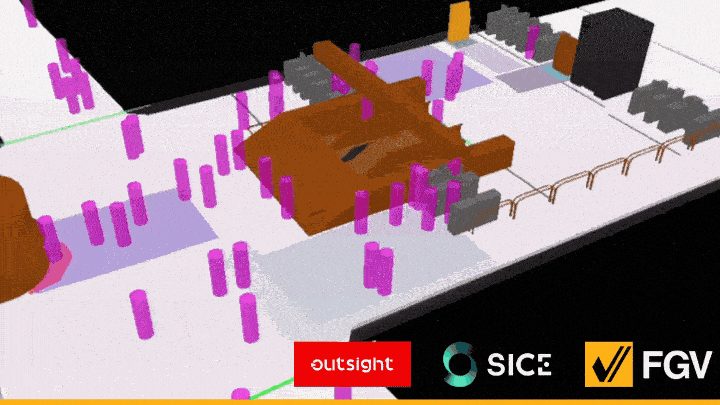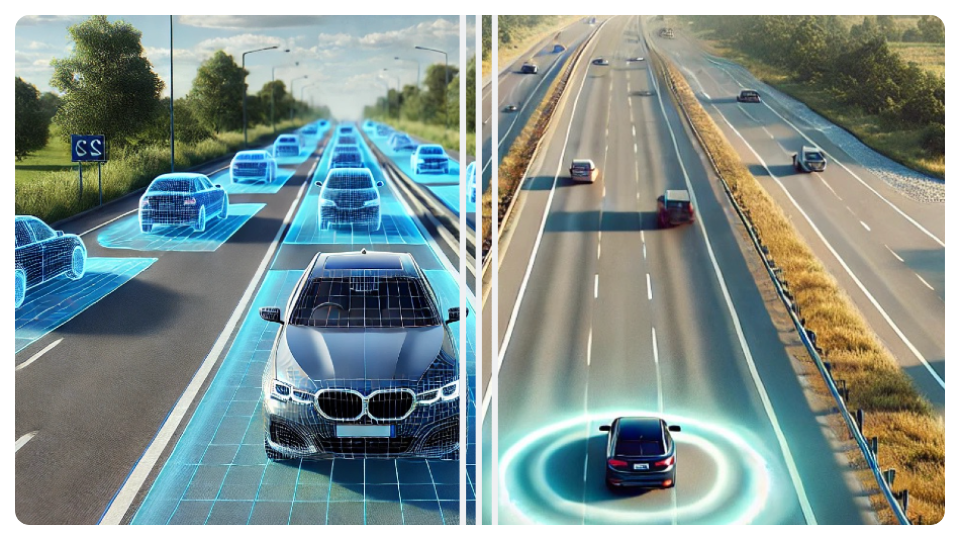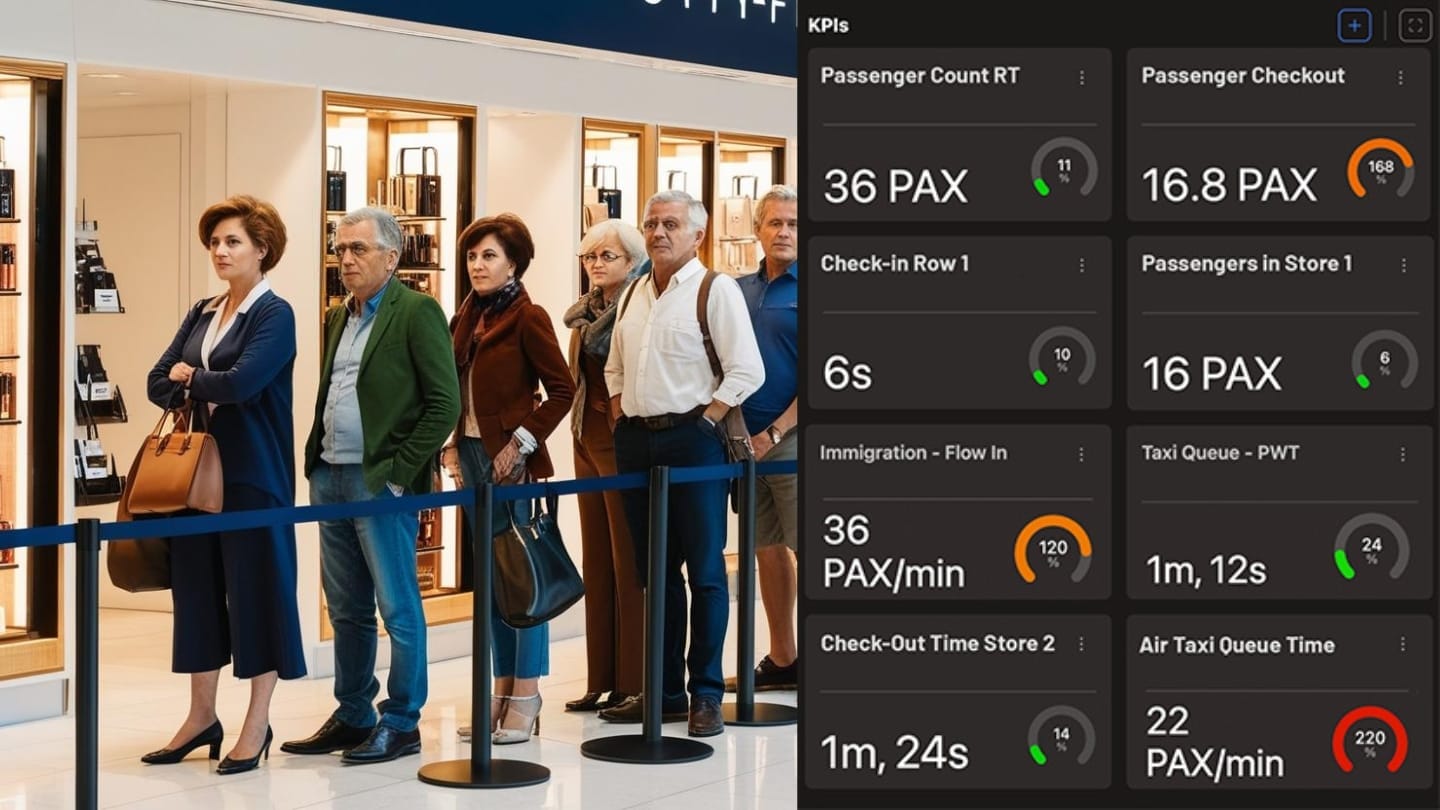
The Importance of Flexible LiDAR Sensor Selection
Selecting the right LiDAR sensor is crucial for meeting specific operational needs and avoiding lock-in, which can hinder performance across diverse environments. Embracing flexible, sensor-agnostic solutions enhances efficiency and enables organizations to adapt seamlessly to evolving demands.
Table of Contents
- Introduction
- The Downside of Sensor Lock-In
- Diverse Use Cases Demand Sensor Flexibility
- Navigating Complexity in the LiDAR Ecosystem
- Embracing Sensor-Agnostic Software Solutions
- Practical Benefits of Sensor Freedom
- Conclusion
Introduction
Choosing a LiDAR sensor isn't merely about selecting a piece of hardware; it's about ensuring that the technology effectively meets the unique demands of various environments.
This flexibility is crucial to avoiding the pitfalls of being locked into one type of sensor, which may not perform optimally across different contexts, such as transit hubs, logistics facilities, or smart cities.

As we delve into the key reasons for prioritizing sensor freedom, we will explore diverse applications, complex integration challenges, and how intelligent sensor-agnostic software can unlock potential benefits for organizations utilizing LiDAR technology.
The Downside of Sensor Lock-In
When organizations opt for a single, all-encompassing LiDAR solution, they run the risk of sensor lock-in. This situation can severely limit operational adaptability.
A one-size-fits-all approach often fails to account for various settings and scenarios, leading to inadequate performance.
For example, in a busy airport, the characteristics needed for monitoring passenger flow differ significantly from those required for managing vehicular traffic in a rail terminal.
Furthermore, rigid solutions can create significant barriers when attempting to scale operations or integrate new technologies, as they are often incompatible with emerging systems or devices.

Organizations should recognize that flexibility in hardware selection empowers them to exceed operational requirements and adapt to changing conditions.
Diverse Use Cases Demand Sensor Flexibility
Different environments have distinct challenges and needs, necessitating varied LiDAR characteristics such as field of view, resolution, and frame rate.
In logistics centers, for instance, accurate tracking of vehicle movement and container positioning require a high frame rate and wide field of view, enabling seamless integration into existing workflows.
Conversely, for indoor people flow monitoring in airports, a specific resolution and a tighter field of view become critical in ensuring accurate tracking and enhancing the passenger experience.
Being able to mix and match sensors allows organizations to tailor their systems to meet specific requirements, ensuring they get the best possible performance for each unique scenario.

Failure to adapt sensors to fit particular use cases can lead to inefficiencies, increased operational costs, and missed opportunities to leverage data and insights fully.
Navigating Complexity in the LiDAR Ecosystem
The LiDAR landscape is undeniably diverse, comprising numerous data formats, equipment interfaces, and software development kits (SDKs).
This fragmentation creates significant hurdles when it comes to sensor selection and integration. Organizations may find that the integration of different protocols can lead to incompatibilities, lengthening the deployment timeline and complicating maintenance.
When attempting to scale operations, businesses may encounter additional challenges surrounding consistency and reliability, as varying sensors may produce different types of data.

Without clear guidance on how to choose and integrate the right sensors, organizations risk suboptimal performance—a situation that could detract from their capability to monitor and understand critical metrics like people flow, which is essential in high-traffic environments.
Embracing Sensor-Agnostic Software Solutions
To mitigate the complexities associated with a multi-sensor environment, adopting sensor-agnostic software becomes essential.
Platforms such as Outsight’s Shift can seamlessly interface with a range of LiDAR devices, ensuring smooth data processing and analysis across different models.
This flexibility allows organizations to integrate sources from various manufacturers and formats, providing real-time insights and enhancing decision-making processes regardless of hardware.
By relying on robust software solutions, businesses can adopt a modular approach, selecting sensors as needed based on the environment or specific application rather than being constrained by hardware compatibility issues.

Such an approach facilitates innovation, enhances operational efficiency, and optimizes the potential of LiDAR technology.
Practical Benefits of Sensor Freedom
The practical benefits of prioritizing LiDAR sensor flexibility are significant.
- Cost Optimization: Organizations can mix and match sensors to find the best fit for their budget while ensuring they meet required performance standards.
- Efficient Planning and Simulation: A multi-vendor approach simplifies planning and simulation processes, allowing for easier system adjustments to optimize operations.
- Scalable Operations: Adopting various sensors enables organizations to maintain effective operations, even with numerous devices monitoring different environments simultaneously.
- Data Diversity: Access to varied sensor data allows for comprehensive insights and analytics, aiding organizations in making more informed decisions about people flow and operational management.

By fully leveraging sensor freedom, companies can remain agile, adapting their strategies and tools according to real-time needs, ultimately leading to improved efficiency and results in monitoring applications.
Conclusion
In summary, true LiDAR sensor freedom is essential for organizations looking to thrive in a rapidly changing landscape.
By avoiding sensor lock-in and embracing a flexible, adaptive approach, businesses can navigate diverse use cases, overcome integration complexities, and optimize their operational performance.
As industries evolve, having the ability to select and integrate various LiDAR sensors tailored to specific applications will remain critical for organizations striving to optimize operations and adapt to emerging challenges.
LiDAR INSIGHTER Newsletter
Join the newsletter to receive the latest updates in your inbox.






